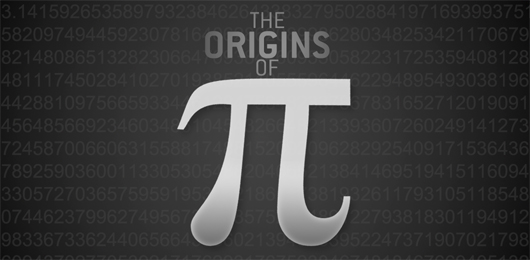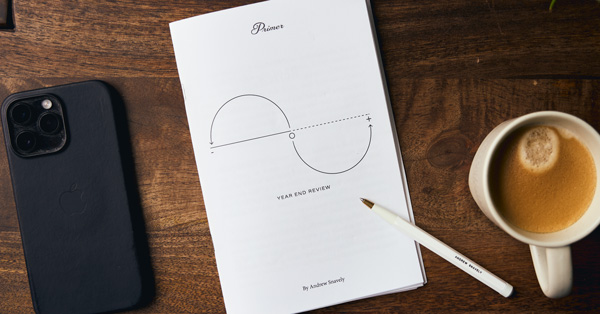Everybody has that moment when they realize they don’t know about something that they should probably know about. Whether it’s history, language, science, or cultural phenomena, you’ve felt the stinging personal embarrassment of a moment wherein you realize there’s some common knowledge that isn’t so common. Don’t feel bad; nobody knows everything. Nobody, that is, except me and my sidekick, The Internet!
Somewhere in the world, a confused soul must know more about…
The Origins of Pi
Most everyone knows π as ‘3.14’ – a number that only serves a purpose when you’re doing some sort of math calculation involving a circle (and just in case you’ve forgotten the most elementary application of the figure: pi is the ratio of a circle’s circumference to its diameter).
However, beyond its decimal notation and funny little symbol, the average person (myself very much included) doesn’t know much about the number’s name, details, or history. When was it first recognized as a go-to magic figure? Who determined that we should dub it “pi”? To how many decimal places has it been graphed? That little squiggly table-looking mark has some explaining to do.
The earliest legitimate reference to what we now know as pi belongs to Greek mathematician/all-around genius Archimedes (nobody can really agree on an exact date for this specific discovery, only that it happened somewhere in the guy’s 75 years of life between 287 and 212 BC), who finally decided on a concrete number after working with polygons in conjunction with circles to make an estimate (give him a break, there wasn’t much to do, back then). Ol’ Death Ray landed on pi being somewhere between the numbers [223/71] and [22/7], which was – you guessed it – about 3.1418. Pi graphing breakthroughs in India and China followed in the next 500 years… it was all very nerdy.
The symbol “π” and the term “pi” come from the Greek alphabet, where “π” is merely the old school version of “p”; these titles were slapped onto the 3.14 mathematical constant in the early 18th century by mathematician William Jones, who merely used “pi” as an abbreviated form of “perimeter” (because of the number’s connection to circles and circumference and all).
Oh, and as for the most graphed digits of pi? The current record stands at 2,576,980,370,000 decimals. Yeah. Seriously.
Now you know.






![It’s Time to Begin Again: 3 Uncomfortable Frameworks That Will Make Your New Year More Meaningful [Audio Essay + Article]](https://www.primermagazine.com/wp-content/uploads/2025/01/begin_again_feature.jpg)









